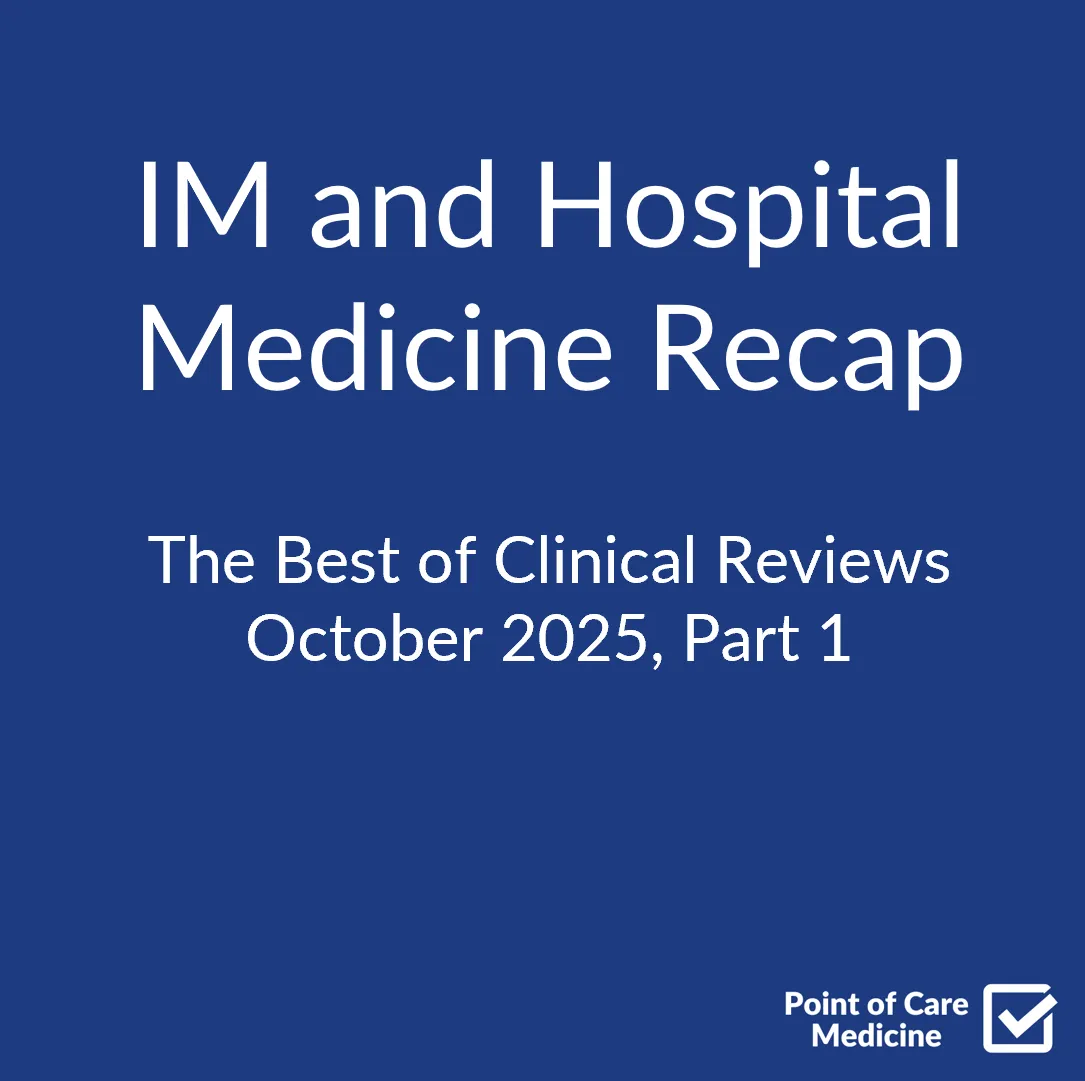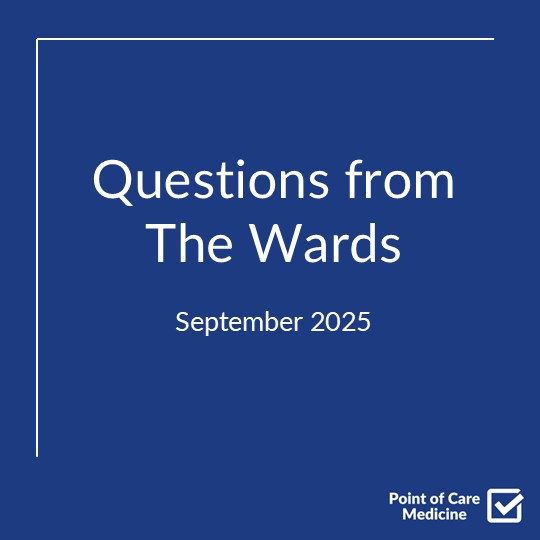Summary
- Pulmonary vein isolation (PVI) is the cornerstone of catheter ablation for atrial fibrillation, with wide antral approaches being more effective than ostial isolation.
- Catheter ablation has received a Class I recommendation for drug-refractory symptomatic PAF, as first-line therapy in selected patients, and in AF patients with heart failure with reduced ejection fraction.
- Non-pulmonary vein (non-PV) triggers are significant contributors to AF recurrence after successful PVI, especially in patients with persistent AF and long-standing persistent AF.
- Pulsed-field ablation (PFA) is a novel non-thermal energy modality that offers tissue selectivity with increased safety for non-cardiac structures while maintaining efficacy comparable to thermal approaches.
- Adjunctive left atrial posterior wall isolation (LAPWI) can improve outcomes in selected patients with persistent AF, particularly those with rapid posterior wall activity.
- Contact force-guided catheter ablation improves efficacy and durability of lesions when optimal contact force (10-20g) is maintained.
- High-power short-duration (HPSD) radiofrequency ablation (45-50W for 2-10s) creates more contiguous lesions with reduced procedure times and comparable safety to conventional approaches.
- Catheter ablation significantly improves quality of life in AF patients regardless of the energy source used, with benefits persisting even in some patients with arrhythmia recurrence.
- Catheter ablation reduces the risk of AF progression from paroxysmal to persistent forms and may have cognitive benefits beyond stroke prevention.
- Several emerging technologies aim to improve AF mapping and ablation efficacy, including AI-enhanced mapping systems, electrographic flow mapping, and patient-specific virtual atrial modeling.
Audio
Video
Introduction
Atrial fibrillation (AFib) is a prevalent arrhythmia that significantly impacts patients' quality of life. Atrial ablation for atrial fibrillation has emerged as a cornerstone therapy, particularly in patients who are refractory to medication or have specific comorbidities. Understanding the latest advancements and key considerations in atrial fibrillation therapy is essential for physicians to optimize patient outcomes and improve their overall quality of life. This guide covers the most important facts about atrial fibrillation ablation to keep physicians at the forefront of knowledge.
1) Pulmonary vein isolation (PVI) is the cornerstone of catheter ablation for atrial fibrillation, with wide antral approaches being more effective than ostial isolation.
The role of pulmonary veins (PVs) in initiating and maintaining AFib has long been established. These veins are the sites of 94% of foci responsible for spontaneously starting AF, making them the primary ablation target. Wide antral approaches target a wider area encompassing part of the left atrial posterior wall, resulting in better outcomes than ostial isolation. Antral PVI is recognized as the stand-alone ablation strategy for newly diagnosed paroxysmal AF (PAF). While PV reconnection has historically been the most common cause of AF recurrence after ablation, newer technologies are reducing this issue.
2) Catheter ablation has received a Class I recommendation for drug-refractory symptomatic PAF, as first-line therapy in selected patients, and in AF patients with heart failure with reduced ejection fraction.
Catheter ablation has demonstrated significant benefits in managing AFib. The 2023 ACC/AHA/ACCP/HRS Guidelines gave a Class I recommendation for AF ablation in patients with AF and HF with reduced ejection fraction. Multiple randomized trials have unanimously demonstrated the superiority of catheter ablation over anti-arrhythmic drugs for rhythm control. Early rhythm control with ablation has been shown to reduce the risk of death from cardiovascular causes, stroke, and hospitalization in the EAST-AFNET4 trial. In the CASTLE-AF study, ablation was associated with significantly lower all-cause mortality and hospitalization in patients with ejection fraction <35%. The AATAC trial showed ablation to be superior to amiodarone in achieving freedom from AF at long-term follow-up in heart failure patients.
3) Non-pulmonary vein (non-PV) triggers are significant contributors to AF recurrence after successful PVI, especially in patients with persistent AF and long-standing persistent AF.
After successful pulmonary vein isolation (PVI), the role of non-pulmonary vein (non-PV) triggers in AFib recurrence becomes prominent, particularly in persistent AF. Non-PV triggers commonly cluster in specific regions including the left atrial posterior wall, superior vena cava, coronary sinus, crista terminalis, interatrial septum, and left atrial appendage. These triggers are more prevalent in patients with non-PAF, female gender, obesity, sleep apnea, older age, low ejection fraction, severe left atrial scarring, hypertrophic cardiomyopathy, and mechanical mitral valve. Very late recurrences in PAF patients with permanently isolated PVs are often driven by triggers from non-PV sites, most commonly the coronary sinus and left atrial appendage. In patients experiencing AF recurrence after multiple failed PVIs, non-PV triggers are often responsible for AF maintenance despite durable PV isolation. Complete isolation of structures harboring triggers (such as the left atrial appendage or superior vena cava) is sometimes preferred over focal ablation.
4) Pulsed-field ablation (PFA) is a novel non-thermal energy modality that offers tissue selectivity with increased safety for non-cardiac structures while maintaining efficacy comparable to thermal approaches.
Pulsed-field ablation (PFA) represents a significant advancement in ablation technology. The absence of coagulative necrosis with PFA obviates the risk of pulmonary vein stenosis, a potential complication of thermal ablation. PFA demonstrates high selectivity for cardiac tissue, limiting damage to adjacent non-target tissues like the esophagus and phrenic nerve. Clinical trials including ADVENT, PULSED AF, and PersAFOne have demonstrated non-inferiority of PFA compared to conventional thermal ablation approaches. Potential complications specific to PFA include acute kidney injury from hemolysis and coronary vasospasm, which can be mitigated with prophylactic measures. PFA has been shown to prevent worsening of pulmonary hypertension in patients with baseline stiff left atrial syndrome compared to radiofrequency ablation.
5) Adjunctive left atrial posterior wall isolation (LAPWI) can improve outcomes in selected patients with persistent AF, particularly those with rapid posterior wall activity.
Left atrial posterior wall isolation (LAPWI) can improve outcomes in specific AFib patients. The posterior wall contains arrhythmogenic substrate in many persistent AF patients, making it an important ablation target beyond PVI. Meta-analyses have shown significant reduction in AF recurrence in persistent AF patients receiving additional LAPWI compared to PVI with roof line alone. Triggers originating from the lower part of the posterior wall can cause recurrence if not targeted during the index procedure. The septopulmonary bundle, which crosses anterior to the right superior PV and fans out over the left atrium, can facilitate epicardial conduction and contribute to recurrence if not adequately ablated. The CAPLA study substudy demonstrated improved success rates with LAPWI in patients with rapid posterior wall activity (56.4% vs 38.6% for PVI alone).
6) Contact force-guided catheter ablation improves efficacy and durability of lesions when optimal contact force (10-20g) is maintained.
Achieving optimal contact force during catheter ablation is critical for lesion efficacy. Arrhythmia control is best achieved when ablation lesions are placed with an average contact force >10g and when operators spend ≥80% of ablation time in their selected contact force ranges. High contact force (>20g) increases risk of procedural complications such as atrio-esophageal fistula, steam-pops, and pericardial tamponade. Contact force-guided RF ablation was superior to cryoablation in preventing AF progression from paroxysmal to persistent forms in the CIRCA-DOSE trial. Modern contact force-sensing catheters provide real-time feedback on tissue contact, improving the ability to create transmural lesions. Contact force technology was a major innovation that improved the efficacy and safety of RF ablation for AF.
7) High-power short-duration (HPSD) radiofrequency ablation (45-50W for 2-10s) creates more contiguous lesions with reduced procedure times and comparable safety to conventional approaches.
High-power short-duration (HPSD) radiofrequency ablation is an efficient method for creating durable lesions. The shorter duration of energy delivery with HPSD may reduce collateral tissue damage compared to conventional approaches. HPSD creates durable lesions with low complication rates while significantly reducing procedure time compared to conventional RF approaches. For left atrial posterior wall ablation near the esophagus, HPSD for ≤5s is often inadequate to create durable lesions and may require esophageal displacement strategies. HPSD is associated with very low incidence of silent cerebral embolism comparable to conventional approaches. Temperature-controlled RF ablation systems (DiamondTemp, Sphere9, QDOT) enhance creation of contiguous durable lesions without compromising safety.
8) Catheter ablation significantly improves quality of life in AF patients regardless of the energy source used, with benefits persisting even in some patients with arrhythmia recurrence.
The impact of catheter ablation extends beyond rhythm control, significantly improving patients' quality of life. Disease-specific questionnaires demonstrate greater improvement in symptoms and QOL after ablation compared to medical therapy. Ablation reduces healthcare utilization and hospitalization rates compared to medical management. Multiple randomized trials, including CABANA, have demonstrated significant improvement in AF-specific quality of life scores following ablation. The positive impact on quality of life has been shown to endure over time, irrespective of AF recurrence in many patients. QOL improvement has been documented with various energy sources including RF, cryoballoon, and more recently PFA.
9) Catheter ablation reduces the risk of AF progression from paroxysmal to persistent forms and may have cognitive benefits beyond stroke prevention.
Beyond improving quality of life, catheter ablation may offer cognitive benefits and reduce AFib progression. Silent cerebral lesions detected after ablation and associated cognitive dysfunction appear transient with complete recovery within 12 months. Observational studies show catheter ablation is associated with a reduced risk of incident dementia, with stronger association in younger patients. An ablation-first strategy employing cryoablation reduced the rate of AF progression from 7.4% in the medication arm to 1.9% in the ablation arm in the EARLY-AF trial. Meta-analyses suggest a lower risk of dementia and cognitive decline in AF patients undergoing ablation compared to medical therapy. The ATTEST randomized trial demonstrated that catheter ablation delays progression of AF compared to medical therapy.
10) Several emerging technologies aim to improve AF mapping and ablation efficacy, including AI-enhanced mapping systems, electrographic flow mapping, and patient-specific virtual atrial modeling.
The field of AFib ablation is continually evolving with new technologies aimed at enhancing efficacy. The efficacy of driver-guided ablation strategies is under investigation in several ongoing clinical trials. Patient-specific computational models can simulate the unique distribution of atrial fibrosis and guide personalized ablation strategies. AI-enhanced software can automate the recognition of sites with stable electrograms representing potential drivers of AF. Electrographic flow mapping identifies repetitive patterns of atrial activation from specific anatomical locations that may serve as ablation targets. Virtual modeling can predict the behavior of re-entrant drivers in the individual patient, potentially allowing pre-procedural assessment of optimal ablation sites.
Conclusion
Catheter ablation stands as a crucial intervention for managing atrial fibrillation, providing significant benefits in rhythm control, quality of life, and potential cognitive outcomes. Incorporating these insights into clinical practice will enable physicians to provide the best possible care for their patients with AFib.
Source
Natale A, Mohanty S, Sanders P, et al. Catheter ablation for atrial fibrillation: indications and future perspective. Eur Heart J. 2024;45(41):4383-4398. doi:10.1093/eurheartj/ehae618








.png)
